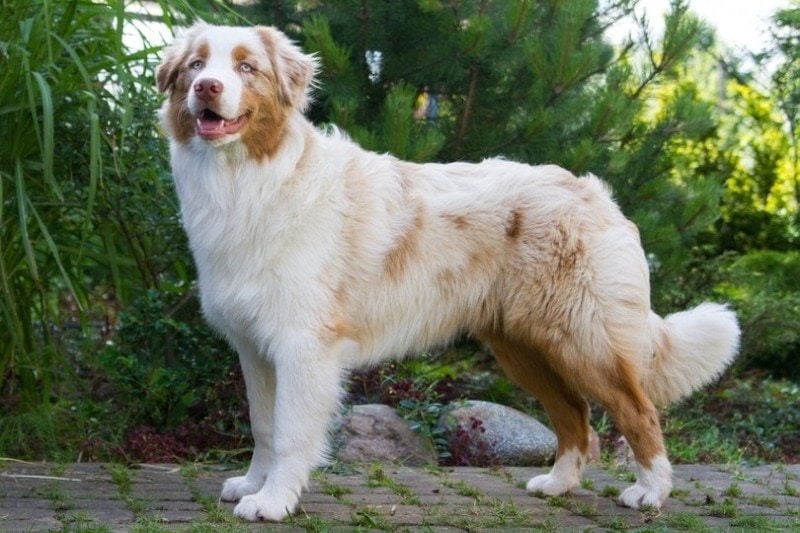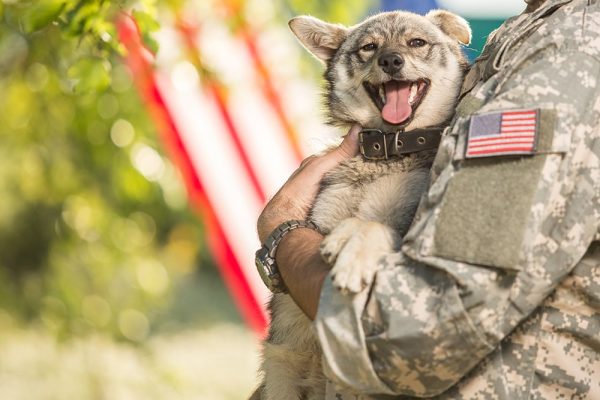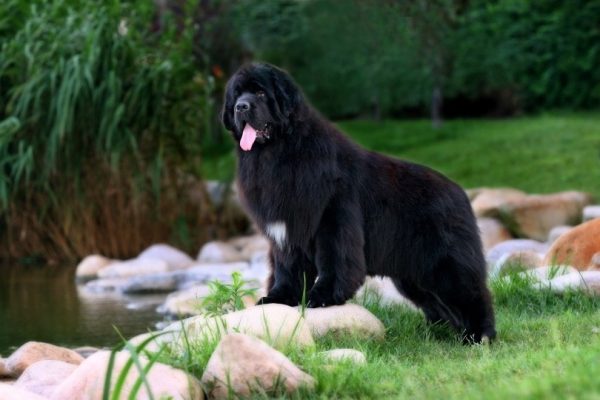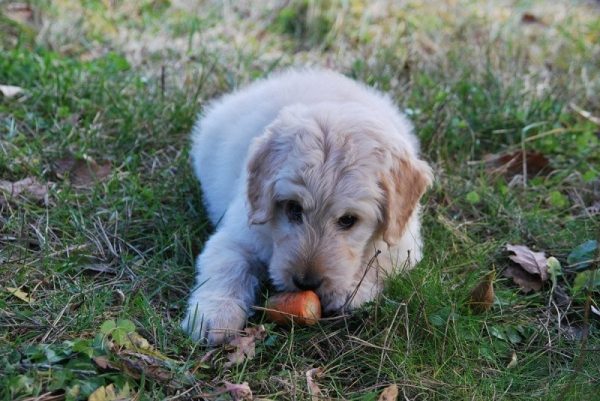In this article
Australian Shepherds are energetic and protective of their families. They’re hard workers and often used as service dogs. They’re also affectionately known as Aussies, and you might recognize them by their bright blue eyes.
But what can you expect as your puppy grows into adulthood? How big will this breed get, and how fast will they leave puppyhood behind? A fully grown Australian Shepherd generally measures 20–23 inches and weighs 50–65 pounds. If you want a better understanding of how to keep track of your puppy’s growth rate, you can do that here, so read on!

Australian Shepherd Size and Growth Chart
These charts show how your puppy will grow. They include the average weight and height of a standard Australian Shepherd. Every dog will grow at different rates, though, so don’t be worried if your puppy doesn’t fit into these categories. As long as you have been keeping up with your veterinarian visits and they tell you that your puppy is healthy and happy, you have nothing to worry about.
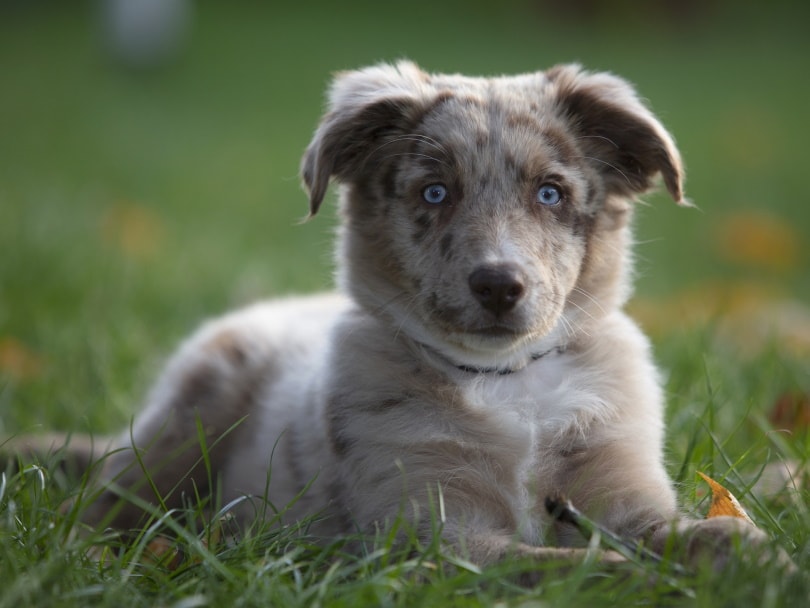
Australian Shepherd Puppy Growth and Weight Chart (Male)
| Age | Weight Range | Height Range |
| 8 weeks | 5–7 pounds | 3–5 inches |
| 9 weeks | 7–12 pounds | 5–8 inches |
| 10 weeks | 15–19 pounds | 7–11 inches |
| 11 weeks | 18–23 pounds | 9–12 inches |
| 3 months | 20–25 pounds | 11-13 inches |
| 4 months | 27–32 pounds | 12–14 inches |
| 5 months | 34–39 pounds | 13–15 inches |
| 6 months | 40–46 pounds | 15–17 inches |
| 7 months | 45–52 pounds | 16–18 inches |
| 8 months | 45–55 pounds | 17–19 inches |
| 9 months | 50–58 pounds | 18–20 inches |
| 10 months | 50–60 pounds | 19–21 inches |
| 11 months | 50–60 pounds | 20–22 inches |
| 12 months | 50–65 pounds | 20–23 inches |
| 24 months | 50–65 pounds | 20–23 inches |
Australian Shepherd Puppy Growth and Weight Chart (Female)
| Age | Weight Range | Height Range |
| 8 weeks | 4–8 pounds | 3–5 inches |
| 9 weeks | 6–11 pounds | 5–8 inches |
| 10 weeks | 10–15 pounds | 7–11 inches |
| 11 weeks | 12–19 pounds | 9–12 inches |
| 3 months | 15–21 pounds | 11-13 inches |
| 4 months | 20–25 pounds | 11–14 inches |
| 5 months | 25–30 pounds | 12–14 inches |
| 6 months | 30–35 pounds | 13–15 inches |
| 7 months | 35–39 pounds | 14–16 inches |
| 8 months | 37–41 pounds | 15–17 inches |
| 9 months | 38–42 pounds | 16–18 inches |
| 10 months | 40–45 pounds | 17–18 inches |
| 11 months | 40–45 pounds | 18–20 inches |
| 12 months | 40–45 pounds | 18–21 inches |
| 24 months | 40–55 pounds | 18–21 inches |

When Does an Australian Shepherd Stop Growing?
Generally, Australian Shepherds stop growing around the 16-month mark. While they often reach their full height around 1 year old, they won’t fully fill out until they’re 16 months old, and you’ll still notice changes. You’ll see rapid growth at first, which will slow down when they are around 8 months old.
Males tend to be bigger than females, but other factors can affect the size of your dog. You’ll find that your Aussie will behave like a puppy until they’re a year old, then they’ll start to mellow, and by the time they’re 2 years old, they will act like an adult.
Factors Affecting the Size of Australian Shepherds
Australian Shepherds differ in size for various reasons, like genetics, insufficient nutrition, not eating enough, too much exercise, breeding, and health issues.
There is also a difference between a dog that is small and one that is skinny. A small dog will be short in height and weight, but these two characteristics will be proportionate. A skinny Aussie is underweight for their age and height. If you suspect that your Aussie is skinny, it could be that they’re not eating enough food. Food refusal or a dietary issue should always be taken seriously because lacking the proper nutrition can negatively impact their growth and development.
Their small size might also be a sign of a health problem. Australian Shepherds are prone to a genetic condition called cobalamin malabsorption (vitamin B12 malabsorption). It occurs when vitamin B12 can’t be absorbed into the gut, leading to weakness, blood problems, and poor growth.
While their size difference might be due to something completely innocent, there are other more worrying alternatives. If you are ever concerned, contact your vet immediately.
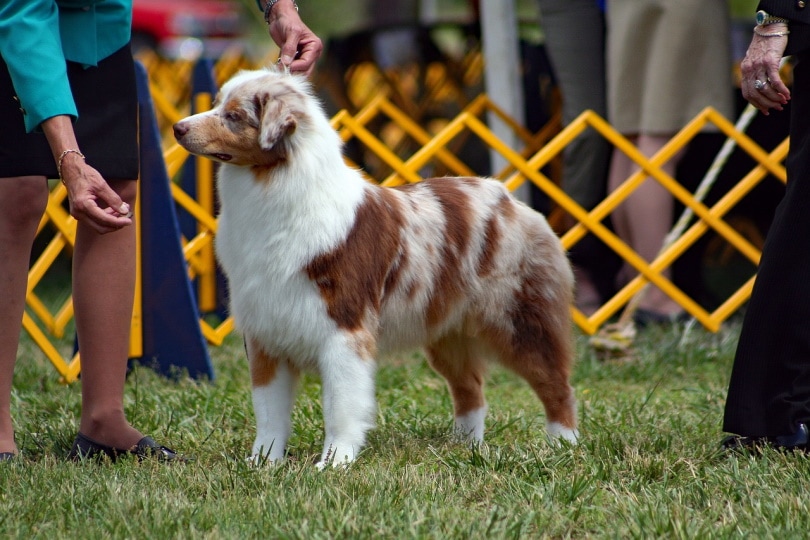
Ideal Diet for Maintaining a Healthy Weight
Starting with a high-quality puppy or adult food will ensure that your Australian Shepherd’s nutritional needs are met. Aussies are energetic dogs, and you must make sure to choose food that will keep up with them. Pick a brand that is high in fat and calorie content to fuel your pup’s energy and high in protein to support lean muscle mass.
- An AAFCO statement of nutritional quality: This ensures that the recipe will meet your dog’s minimum dietary requirements.
- Natural ingredients: Avoid foods that contain by-products, artificial additives, and fillers.
- A high-quality source of animal protein: Protein is essential in building strong muscles, and it should come from reliable animal sources to maximize digestibility and provide essential amino acids.
- Moderate-to-high fat content: Aussies are energetic, and fat provides a concentrated energy source.
- Digestible and nutritious carbohydrates: Keep the overall content low, but starchy vegetables and fresh fruits are nutritious and excellent for a dog’s digestive system. They provide essential dietary fiber, nutrients, and energy.
Complement this information by using our dog calorie calculator tool here:
The exact amount of calories an individual animal needs to maintain a healthy weight is variable and influenced by many factors including genetics, age, breed, and activity level. This tool is meant to be used only as a guideline for healthy individuals and does not substitute veterinary advice
We recommend getting advice and guidance from a veterinarian if you have any questions or concerns regarding your pet’s diet and weight.
If you need to speak with a vet but can't get to one, head over to PangoVet. It's our online service where you can talk to a vet online and get the personalized advice you need for your pet — all at an affordable price!
How to Measure Your Australian Shepherd
When you’re measuring a dog, it’s done from the ground to their withers, which is the highest point of their shoulder blades. You will have to get your Aussie standing steadily for this and try to get their stance as square as possible with their legs evenly spaced out.
You should first locate the withers behind the base of your dog’s neck. This second part is easier if your dog is against a wall because you can use that as a reference. Using a level or a ruler placed on the dog’s withers, either mark the wall with a pencil, or use your finger to mark where the bottom of your level or ruler is on the wall.
You can use tape to keep your spot if you’ve used your finger because you don’t want to mark the wall. You can now allow the dog to move away and measure from the ground up to the mark. A tape measure or a yardstick will work work.

Top 5 Facts About Australian Shepherds
1. The Australian Shepherd Isn’t Australian
This breed originated from the Basque region of Spain. Their name was developed when Basque shepherds first took the dogs to Australia and then the States. Americans eventually called them Australian Shepherds.
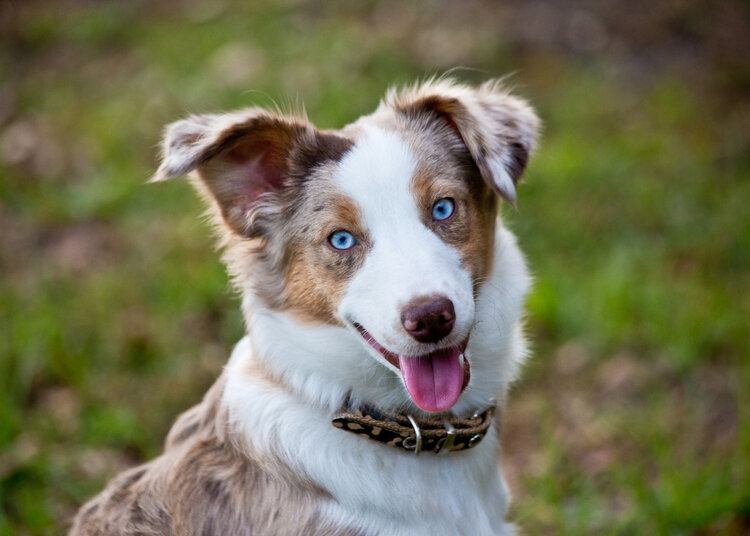
2. They’re a Dog of Many Names
Australian Shepherds have also been called Spanish Shepherds, Bob-tails, Pastor Dogs, California Shepherds, Blue Heelers, and New Mexican Shepherds.
3. They Became Popular Thanks to Rodeos
Australian Shepherds were great herders, which is what American ranchers loved about them. However, their popularity with the general population grew because of their appearance in rodeos. Not only did they herd bulls, but they also performed tricks.

4. They Have Amazing Eyes
This is one of a few breeds that commonly have two different colored eyes, which is known as heterochromia. Aussies can have any combination of blue, brown, hazel, green, or amber eyes. They sometimes even have more than one color in the same eye.
5. Native Americans Considered Them Sacred
Native Americans called Australian Shepherds “ghost eyes” and considered them sacred.
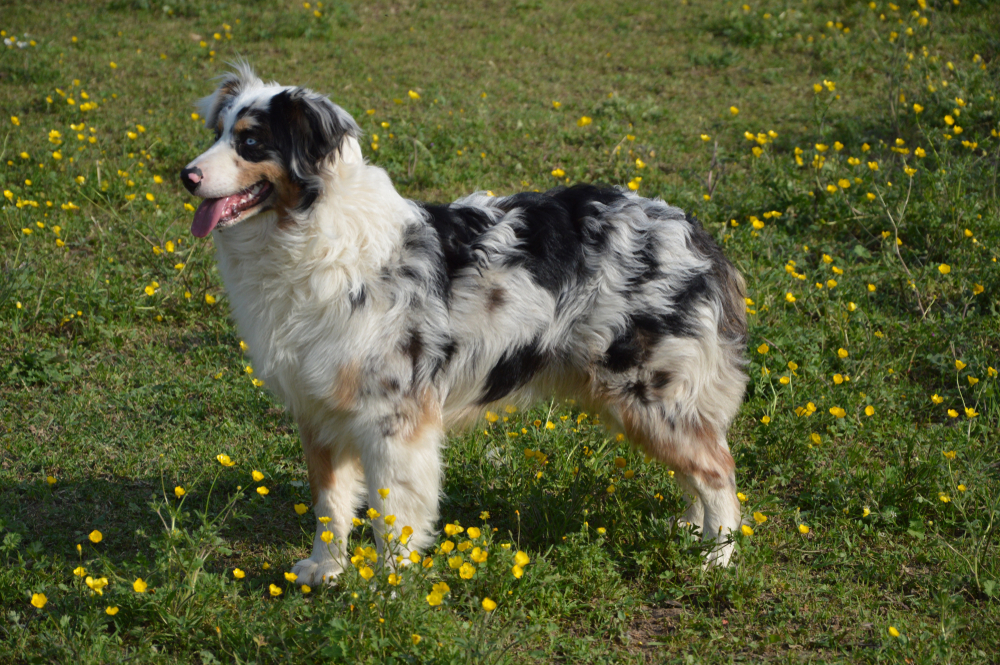

Conclusion
Tracking the growth of your young Australian Shepherd can be tricky. Keeping an excitable, energetic puppy in one place is not always easy. If it is something that your pup just won’t allow, you can get the information from your vet during one of your visits.
Remember, this information is based on averages, so if your dog doesn’t fit into the chart neatly, it doesn’t mean that something is wrong. As long as you maintain the recommended visits with your vet, you can feel confident that your Aussie is healthy and happy.
- See also: Are Australian Shepherds Good With Cats?
Featured Image Credit: Eve Photography, Shutterstock
